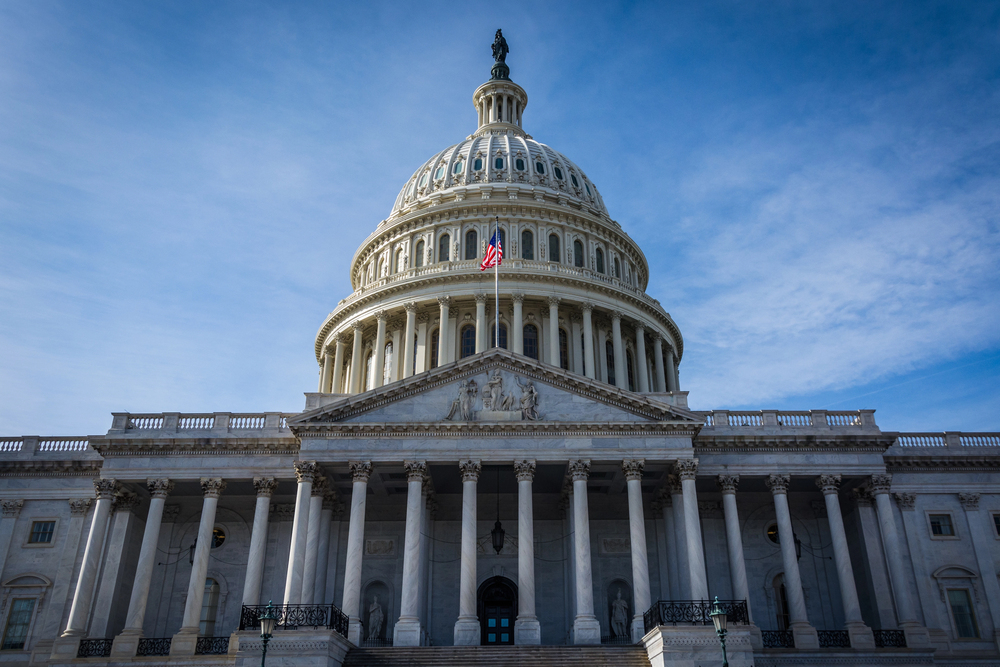Senate Committee Reviews NFIP Flood Maps

By: Jen McPhillips
This week, the Big “I” submitted a joint trade association letter to the U.S. Senate Banking Committee hearing outlining specific priorities for the next NFIP reauthorization.
The hearing, “The NFIP: Reviewing the Recommendations of the Technical Mapping Advisory Council’s 2015 Annual Report,” reviewed some of the flood reform priorities for which the Big ‘I” continues to advocate in Congress.
Witnesses at the hearing included John Dorman, Technical Mapping Advisory Council (TMAC) chair and North Carolina Emergency Management assistant state of emergency management director for risk management; Scott Edelman, TMAC vice chair and AECOM Water Resources senior vice president for North America; and Roy E. Wright, FEMA deputy associate administrator for insurance and mitigation.
Created by Biggert-Waters, the TMAC is a federal advisory committee required to issue a report that contains recommendations for improving the effectiveness of the National Flood Mapping Program. The final TMAC report contains 22 recommendations for improving the flood mapping process. All three witnesses at the hearing conveyed support for all recommendations, but noted that one proposal in particular “would greatly improve the nation’s resiliency to flooding disasters” if implemented properly.
According to the report, “FEMA and its mapping partners including the private sector, should transition to a flood risk assessment focus that is structure specific. Where data is available, FEMA and its partners should contribute information and expertise consistent with their interests, capabilities, and resources towards this new focus.”
The Big “I” supports using more accurate and detailed mapping technologies that move away from the current binary maps, which identify structures as either “inside” or “outside” a flood zone. Using more dynamic mapping can raise awareness that every property has some level of flood risk, and can quantify the cost of rebuilding or repairing a specific structure after a flood has damaged the property. This recommendation departs from the 100-year floodplain delineation toward a more detailed and accurate assessment of flood risk for individual structures.
All panelists and senators in attendance acknowledged that the program should attempt to set premiums that accurately reflect risk, but noted that some homeowners may not be able to afford these premiums. The hearing did not address affordability, but discussions on broader program reauthorization are sure to highlight this topic.
Also at the hearing, Sen. Jon Tester (D-Montana) spoke favorably about a bill he cosponsored with Sen. Dean Heller (R-Nevada): S. 1679, the “Flood Insurance Market Parity Act.” Companion legislation in the U.S. House of Representatives, H.R. 2901, is cosponsored by Reps. Dennis Ross (R-Florida) and Patrick Murphy (D-Florida). Sen. Tester noted the unanimous passage of this legislation in the House and requested that the Senate consider the bill, which would make many positive reforms to the NFIP, by the end of the year.
The hearing also addressed obtaining accurate, high-resolution ground evaluation data, which would require using technologies like LiDAR sensors. These sensors collect data at different altitudes quickly and accurately. The TMAC panelists and all senators in attendance also agreed that those involved with the NFIP must accurately collect data and make it accessible.
Jen McPhillips is Big “I” assistant vice president of federal government affairs.










